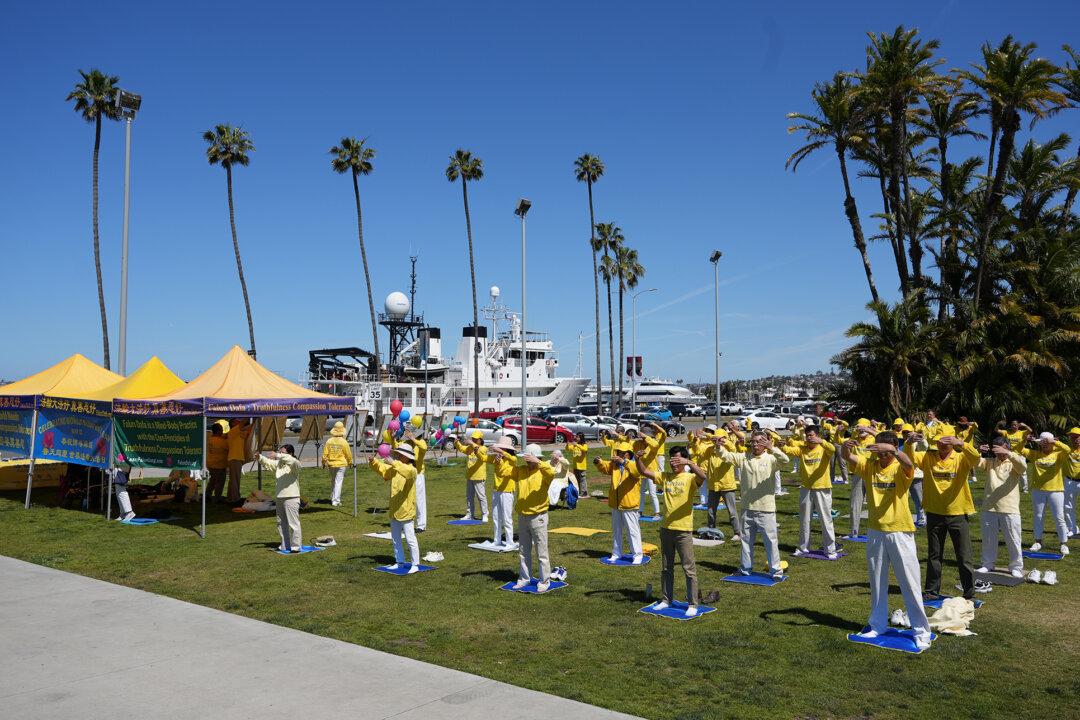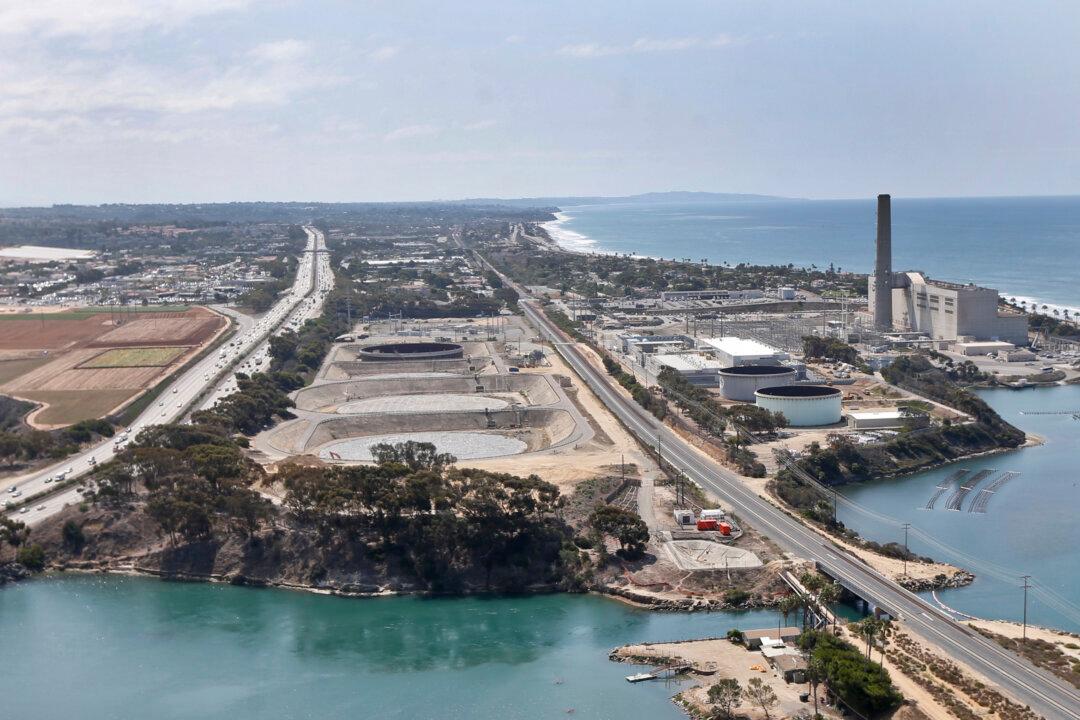Four beaches have closed, some multiple times, in San Diego County this year because of pollution associated with the Tijuana River, according to the California State Water Resources Control Board.
Three of those beaches closed a combined 25 times in 2022 for the same reason, according to the agency.




